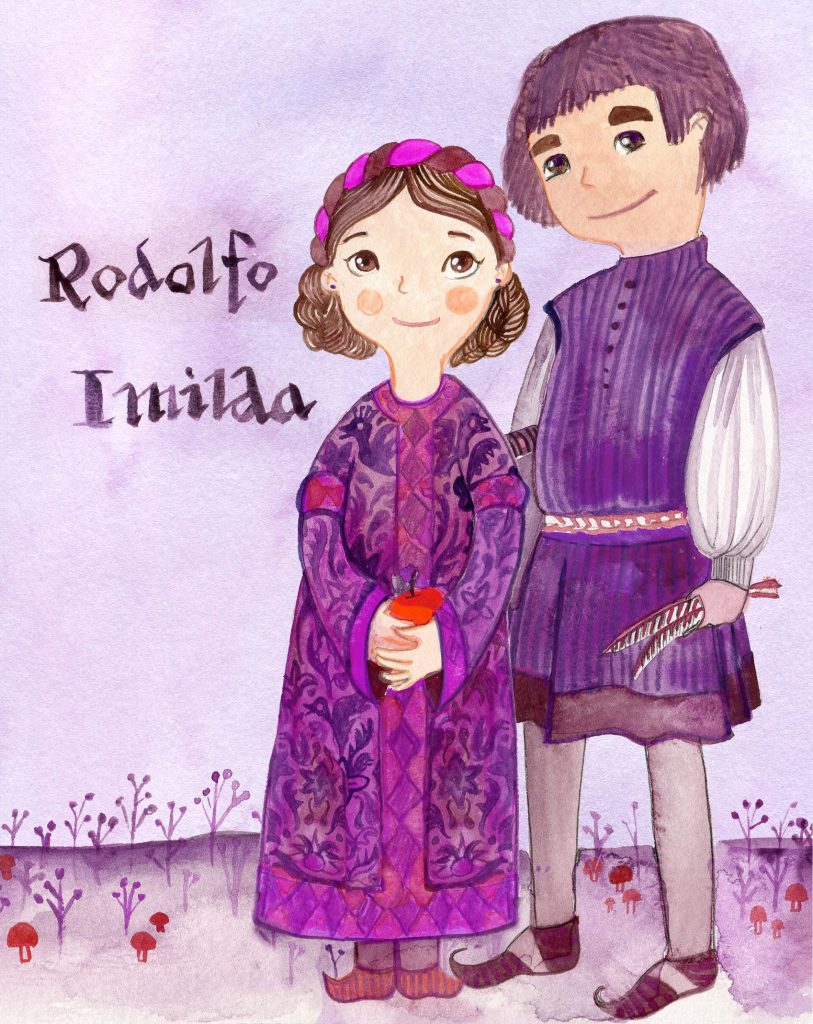



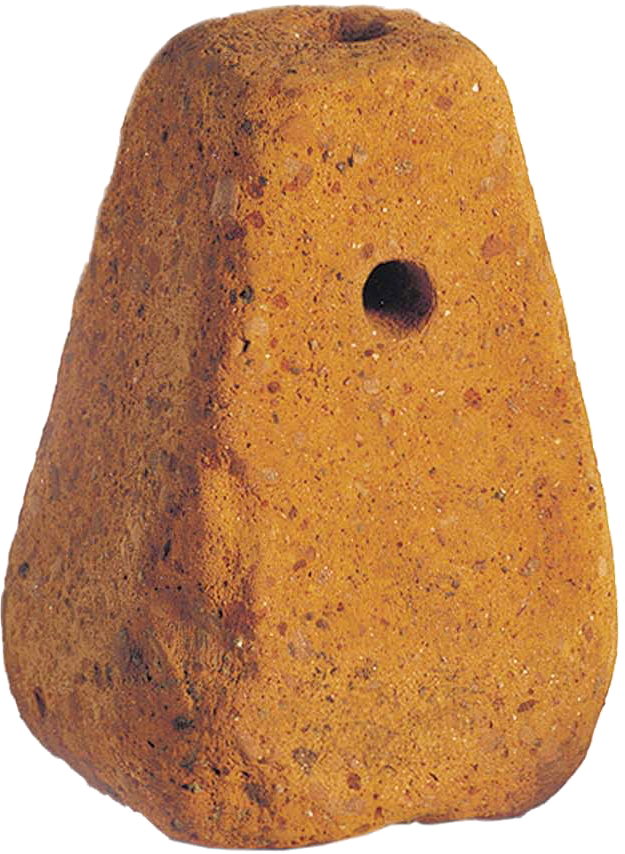
Welcome to Cetamura!
On this Tuscan hilltop in Chianti, Florida State University has excavated the remains of three thriving communities from the past: the Etruscans (7th – 1st c. BCE), the Romans (1st c. BCE – 4th c. CE), and the Medieval Italians (11th – 12th c. CE). While we know much about these great peoples, the excavations at Cetamura allow us a fine-grained look into what daily life might have been like on the hill. By focusing on small finds, we are able to imagine these people in a personal manner, much like looking in on a stranger’s living room.
A particularly large amount of evidence comes from the recent excavations of two wells. These wells give us a wealth of information ranging from vessels used for water to coins that were tossed in for luck. Strange halved objects begin to tell us more about the religious practices of the individuals. Playthings and loom weights help us learn about children and women. of course, many of these finds tell us about the production and consumption of wine in this now world-famous wine region.
Director’s Welcome
By Nancy de Grummond
Director of Archaeological Research at Cetamura del Chianti
It is a privilege to invite you to view this virtual exhibition in which students of Florida State University have played a major role, under the leadership of Wyatt Haywood, a student in the Master’s program in Classical Archaeology at FSU. They have devised the name of the show and selected all of the objects in it, and at numerous meetings have discussed how to make the materials come alive on the internet.
They have learned how to work with and prepare materials for professionals, in particular artist Ana Bianchi, who has created much of the design of the exhibition, and the web design firm of WPTallahassee. A committee of undergraduates worked very hard on making the virtual exhibition something that will appeal to kids who are homebound and eager to do something new online. They have researched the typical dress and activities of children–Etruscan, Roman and Medieval–who must have lived at the Three Cetamuras. One undergraduate dedicated himself to translating medieval Latin documents.
Visitors to the show may scroll through several levels of targeted information. Below comes the “vestibule,” with an image of a 3-D laser scanned map created by FSU students before the COVID curtain came down. You can take a general look, and then return to this map as you take note later of where the objects in the show were found. Entering the virtual doors of the Etruscan, Roman and Medieval “Galleries,” you will find the selected objects from daily life, in photos, drawings and in some cases 3-D recreations. Hovering over them, you can see the labels and short descriptions, and if you want to go a lot deeper, proceed to “read more,” in the “catalog entries,” adapted from the catalog of the Cetamura show held in Florence, Italy in 2017 at the National Archaeological Museum, called Wells of Wonders: New Discoveries at Cetamura del Chianti. (Scholars who did the research for those entries are noted in our exhibition credits; for scholarly references, see the link to Bibliography at the bottom of this page). In each Gallery, you will find the special children’s section, in which you will meet kids from history and get their suggestions for recreating and understanding their daily lives.
Previously Cetamura has been featured in 5 exhibits in Italy and 3 in Florida in brick and mortar venues. This is the first virtual exhibition and it has involved a lot of experimentation! It is our hope you will enjoy the show and will have an open mind as you open the doors into the show.
Curator’s Welcome
By Wyatt Haywood
Master's Student in Classical Archaeology at FSU
Welcome to the Three Cetamuras. This virtual show was born within the necessities of the moment, in a world where we are distanced yet also are meeting and understanding one another more intimately than ever before. Curating a show during the pandemic has forced us to be adaptive as we lost our physical space, the ability to display artifacts, and were constrained to target an audience in an entirely different space, the internet.
Where visitors might linger in a museum as long as their parking passes last, the internet tends to be a space where viewers quickly consume images and information on social media. How were we to slow visitors down and encourage them to take their time? Since the objects are isolated at their home in Italy, it is a particular challenge to create a show using mainly existing photos.
The virtual nature of the show allowed us to alter the very concept of showing and what can be shown. The digital space creates personal moments with the smallest items and brings large or non-traditional items into the exhibition, where the screen acts as the great equalizer. It was this equalization and digital space that brought me to the idea of emphasizing a domestic setting, as we are all at home and this exhibition is now entering into your personal space. Pandemics have a way of making us reflect on our lives and the lives of those who have come before us. The land on and around Cetamura has layers of lives and people that build upon each other: the original Etruscans, the settling Romans, the returning Medieval Italians, and now the tenuta of Coltibuono.
While these people are so different from ourselves, they were also so similar. Children still play games with stones, adults still drink wine, and families still gather around a table to eat bread. So that brings me to you, the visitor to the Three Cetamuras. Part of the goal of this exhibition was to make it relatable and accessible to all people who might partake in the similarities across the ages. As such you will find texts written with accessibility in mind, along with longer “read more” sections with scholarly explanations, and a “kids’ museum,” where we meet some children from Cetamura and do activities with them. For history, archaeology, and daily life are for all of us.
Welcome to Cetamura. Welcome Home!
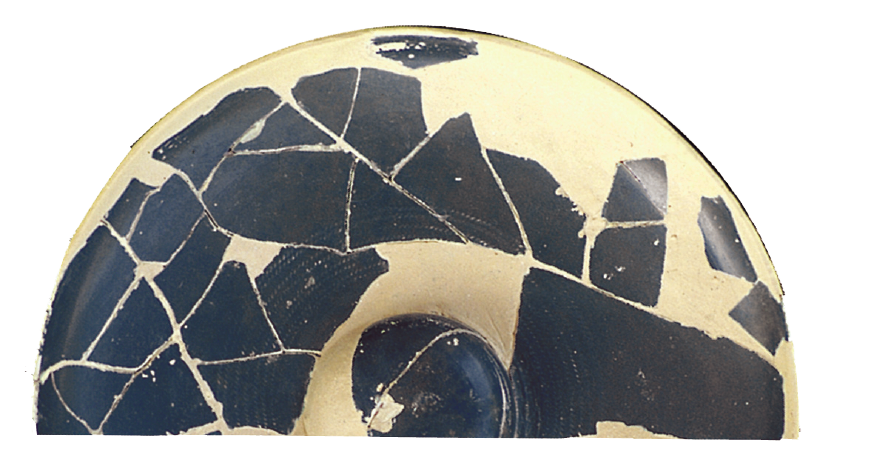
Exhibition by:
Head Curator: Wyatt Haywood
Exhibition Designer/Illustrator: Ana Bianchi
Scientific Director: Nancy T. de Grummond
With the participation of FSU students from the Archaeology Club ( Stefanie Taylor, Catherine Uritis), Members of Eta Sigma Phi (Mathias Bishop, Kelly Chamorro, Nina Perdomo, Grace Robbins) and the Undergraduate Research Opportunity Program (Emily Hale, Eve Larkin)
Research on catalog entries by Christina Cha, Charles Ewell, Daniel Hamaker, Lora Holland, Katherine Kaplan, Patrick Lebo, Vanessa Puzzles, Mirko Romano, Cheryl L. Sowder. Kelsey Swanson, Laurel Taylor
The excavations of the wells at Cetamura were conducted by Ichnos: Archeologia, Ambiente e Sperimentazione (President, Francesco Cini). Conservation of objects by Nòra Marosi.
The Virtual Exhibition is made possible by the donations of Dr. Rodney Reeves and Dr. David Funk
Thanks to many others for their continued support!
The educational program of Cetamura del Chianti, a division of International Programs at Florida State University, stands under the control of the Soprintendenza Archeologia Belle Arti e Paesaggio per le province di Siena, Grosseto e Arezzo. (Superintendent: Andrea Muzzi; Inspectors: Jacopo Tabolli and Alberto Villari). Cetamura is located on the property of the Badia a Coltibuono, Gaiole in Chianti (SI), Italy.

ZONE 2 :
Structure A: foundation or basement, possibly a tower
Structure B: Two phases – strong foundation for multi-story building
Structure C: identical to B – possible textile center (spinning and weaving)
Structure D: triangular, possible water catching
Structures E and F: excavation incomplete
Structure H North wall: fortification wall
Structure H South wall: artisans’ workshops
Structure J: stone workers’ platform
Structure K: rectangular brick kiln
Building L: sanctuary
Structure N: iron working area; possibly a forge
Structure P: excavation incomplete

Roman 1st c. BCE - 4th c. CE
ZONE 1 :
ROMAN BATHS
Rooms 2, 3 and 4
Remains of a hypocaust (underfloor heating)
WELL #1:
Cut into sandstone bedrock
Made by Etruscans, used by Romans
32.42 m. deep
WELL #2 (Structure M):
Lined with stone walls
Made by Etruscans, used by Romans
8.32 m. deep

Medieval 11th - 12th c. CE
ZONE 1 :
CASTRUM (CASTLE)
C. 9m. x 18m.
Rooms 1 and 5
A document of the 12th c. CE refers to a castrum, “castle”.
Numerous post pits, probably from a courtyard.
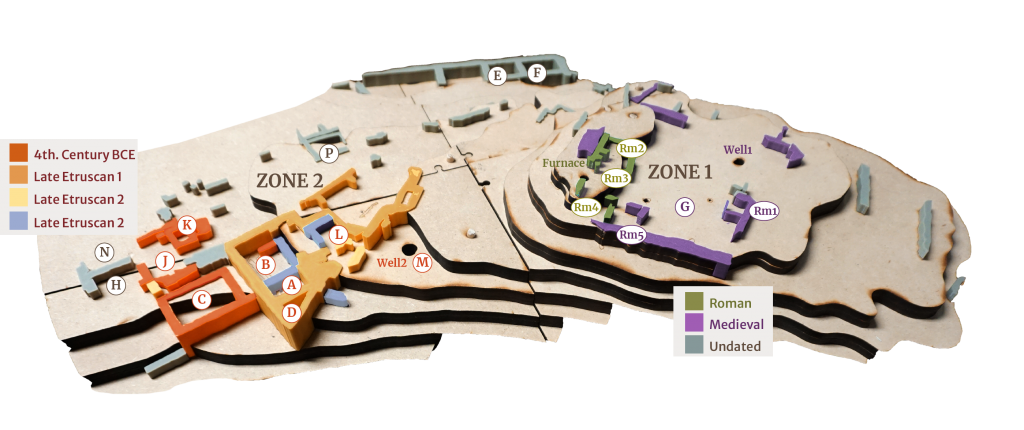



Meet Lausini & Ramtha
Etruscan activities for kids
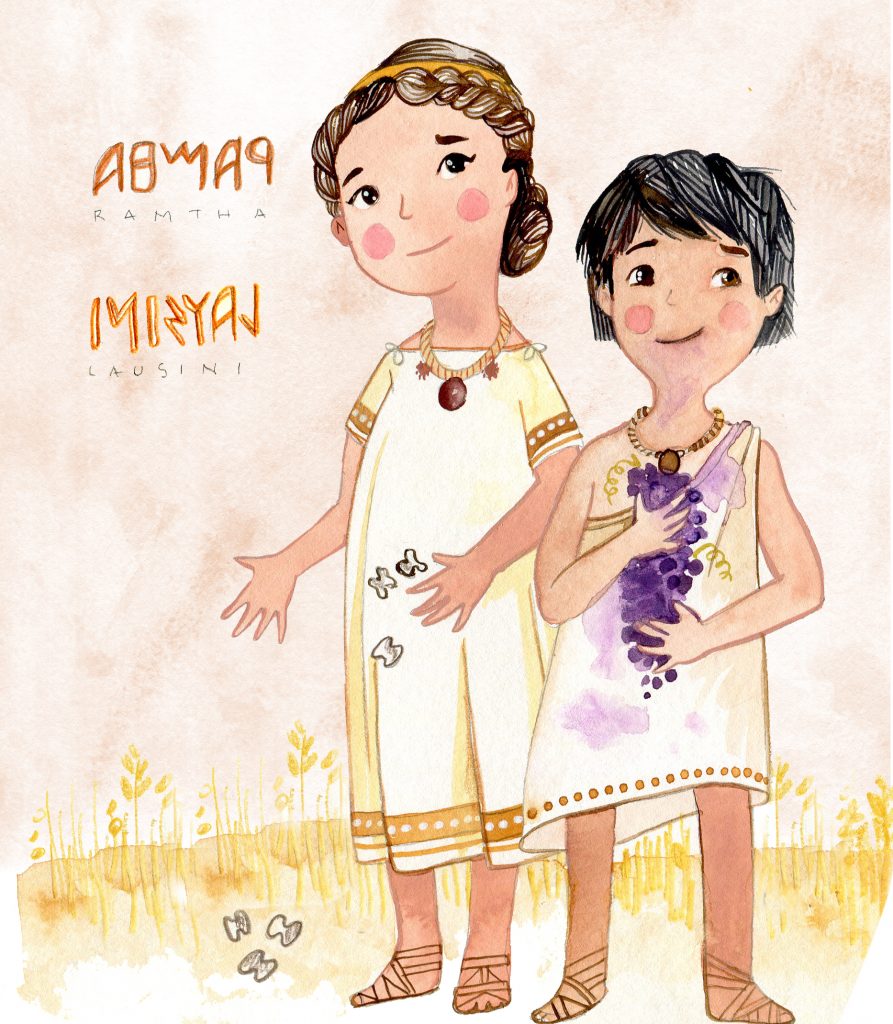
Meet Lucius & Fulvia
Roman activities for kids

Meet Rodolfo & Imilda
Medieval activities for kids
